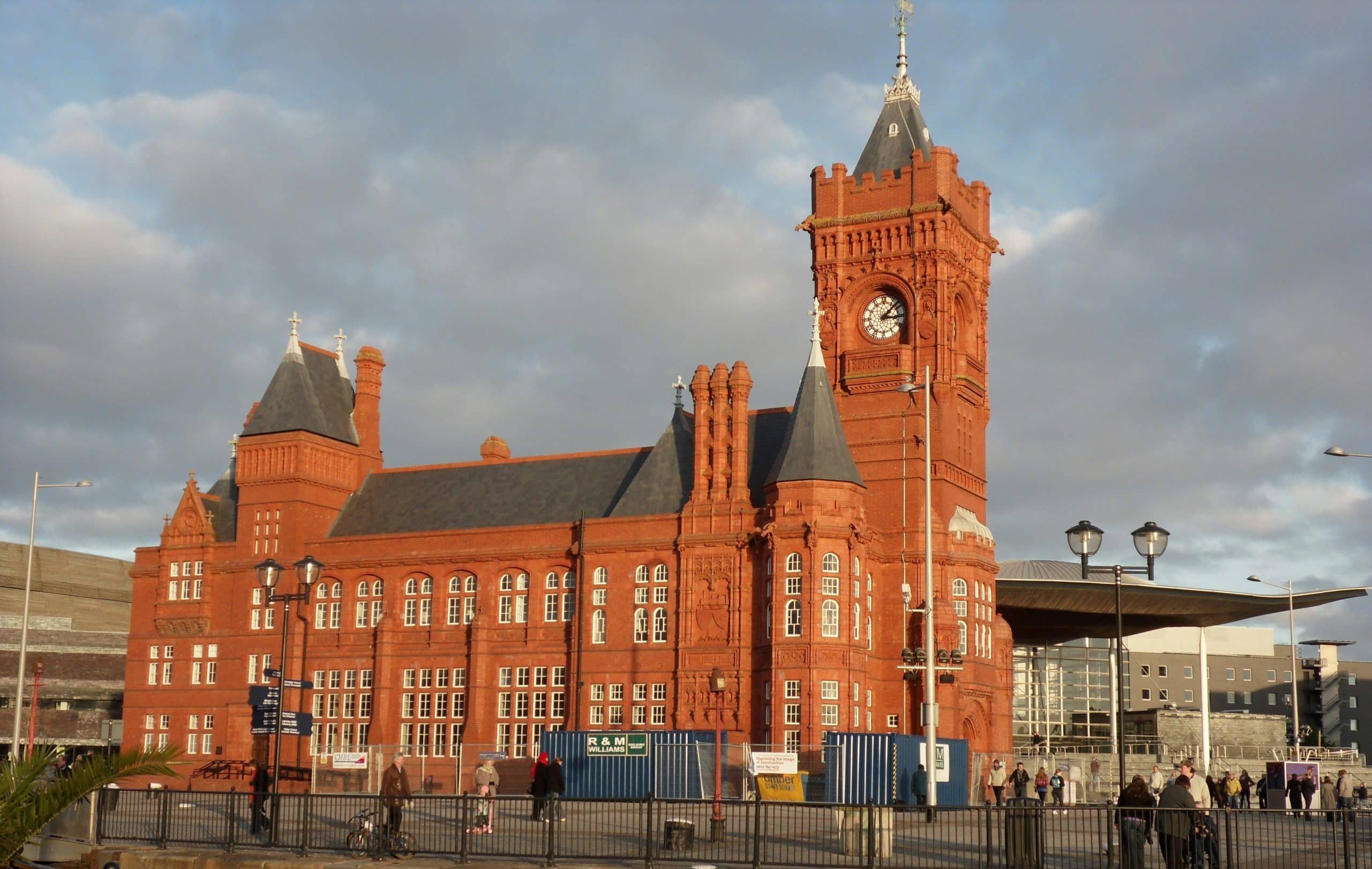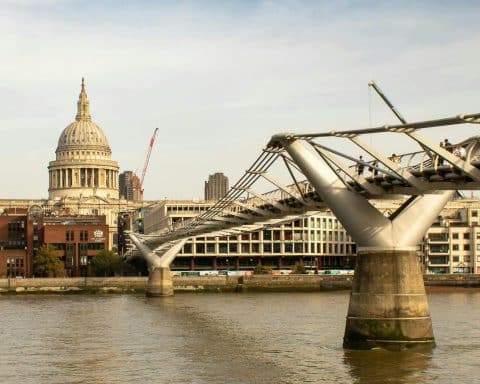John Howie is a retired GP and Emeritus GP Professor in Edinburgh. He attended the first ever (informal) Annual Scientific Meeting for Academic GP Departments in 1972 and was the first Secretary of AUTGP, later becoming Chairman.
George Freeman is a retired GP and Emeritus GP Professor in London. He attended his first ASM in 1974 and organised the first formal Scientific meeting in 1975. He later became Secretary.
Heather Heath is Archivist at the RCGP
There are three reasons why we have prepared this Archive: Firstly, it celebrates the 50th anniversary of the first Scientific Meeting of University Departments of General Practice in Cardiff in 1972. Second, it traces the development of the Departments’ scientific body from its earliest stages as the Association of University Teachers of General Practice (AUTGP) to its present life as the Society of Academic Primary Care (SAPC), covering a period of some 50 years in the process. The third reason is that new recruits to the world of academic primary care/general practice are telling us of difficulties they are facing as they embark on their new careers. We hope that within the Archive, they might be reassured by finding parallels to the past experiences of others, and encouragement to make their own contributions to improving the future for those who will follow them in the years ahead. In Part 1 of this four part series, we discussed the ‘arrival’ of General Practice as a university-based academic discipline.
The first Annual Scientific Meeting (ASM) in was hosted by Robert Harvard Davis in Cardiff in June 1972. Unfortunately there is neither a record of the Programme nor a list of those who attended. But we know there were between 40 and 50 present, the majority doctors but with a sprinkling of social scientists. Donald Crombie, Robin Pinsent, Ekke Kuenssberg and (probably) WO Williams from the College Research Committee were also there, contributing to the discussion but not presenting papers. An hour was available for each presentation, so discussion was relaxed and significant. Only two of those who gave papers were still around 50 years on (John Howie, and Phil Heywood, then in Edinburgh but later chair in Leeds). The first slide shown in the first paper (presented by JH) has been saved and was shown by GKF at the 50th anniversary ASM in Preston.1 During the Cardiff Meeting, discussion took place about the creation of a new professional society (see below), and it was agreed that more considered proposals would be brought to the next ASM, which it was later agreed would be held in Manchester.
Since then, 49 ASMs have taken place, mainly hosted by single Departments, but some run by several Departments working together, for example in Scotland and in London. The 2020 meeting was cancelled due to COVID-19, and the 2021 meeting was virtual. The 2022 meeting in Preston marked a half-century, the 50th ASM being held on the 50th anniversary of the first. Preston has the main medical campus of the University of Central Lancashire. This relatively new Medical School offers continuity with James Mackenzie, who earlier was a General Practitioner in nearby Burnley. They have established the Mackenzie Clinical Research Institute there, including one of his polygraphs.
From the start, the ASMs welcomed members from the whole of Ireland with Departments in Belfast and Trinity College Dublin and later Cork (1979) and others. Naturally many administrative aspects of academic general practice have been UK specific, but four ASMs have so far been hosted in Ireland – in Belfast (1981), Dublin (1997 and 2016), and Galway (2008). And there has been considerable interchange of academic staff.
The Association of University Teachers of General Practice (AUTGP)
Even before the first ASMs, leaders of the early general practice Departments met to share ideas and find common ground to meet the challenges of establishing the discipline in traditional hospital based medical schools. The first informal exploratory Meeting was of a subset of the membership of the Undergraduate Education Committee of the College, and it took place in David Morrell’s St Thomas’s Department in Lambeth Road in London. All those attending were Heads of Departments. No records survive, but this was certainly happening by early 1972. Further discussions around the structure of the new Association took place at the Manchester ASM in 1973, and in Aberdeen in 1974, by which time the title the Association of University Teachers of General Practice had been agreed, as had the Association’s aim – ‘To promote the development of General Practice as a University Discipline’.
Initially, all members of the Executive were Heads of Departments. Ian Richardson (Aberdeen) was appointed Secretary, but almost immediately resigned and John Howie, then his senior lecturer, was appointed in his place.
It was agreed that the new Association would be principally a Scientific Association although it was already recognised that there would on occasion be issues which required a political approach in order to further the principal aim of the Association.
The formal Constitution of the Association was agreed and established at the fourth ASM in Southampton in 1975. For the next few years Departments of General practice slowly grew both in number and size. Research projects started and teaching commitments expanded, but these heavily depended on clinical placements in willing general practices. These relied on the generosity and enthusiasm of committed GPs because time devoted to teaching generated little income from small Departmental budgets. For example a clinical lecturer appointment might be foregone, and the salary used for small sessional payments to GP teachers.
The drive to get NHS funding to support General Practice Departments
In 1980, the University system was made aware of the then Conservative Government’s intention to cut core University Grants Committee (UGC) funding by 24% in three equal tranches over three years.
In 1980, the University system was made aware of the then Conservative Government’s intention to cut core University Grants Committee (UGC) funding by 24% in three equal tranches over three years. The implications for General Practice Departments were very serious, and indeed the possibility that Medical Schools might find savings through discontinuing the funding of academic general practice (given its generally low research output, and the relative expensiveness of face-to-face teaching) was very real.
The following year academic general practice achieved welcome recognition. The Acheson Report on primary care in Inner London advocated academic departments of general practice accepting some responsibility for fostering primary care in the district they serve (recommendation 103) and General practitioners in the locality of medical schools being given the opportunity to take part in undergraduate teaching (recommendation 104). In addition, recommendation 105 went further, suggesting that in exceptional circumstances, the UGC should consider indicating to the University of London that it should allocate funds to the Medical Schools specifically for the development of Departments of general practice.2
David Morrell had ‘discovered’ the Resource Allocation Working Party (RAWP) Report of 1976, which outlined a very substantial NHS funding stream supporting all clinical hospital Academic Departments (the ‘Service Increment for Teaching’ (SIFT)), but from which General Practice was excluded.3 Similar situations obtained in Scotland and in Northern Ireland, where identical subsidies were respectively named the ‘Addition for Clinical Teaching’ (ACT) and the ‘Supplement for Undergraduate Medical and Dental Education’ (SUMDE).
The AUTGP recognised that the time had come to mount a major drive to right this anomaly. This was clearly a ‘political’ initiative, and it was remitted to the recently formed AUTGP ‘Heads of Departments’ (HoDs) subcommittee to take this forward. The Chairmanship of the AUTGP had originally been held for one year at a time by the Head of the host Department for the next ASM but had now become a three-year appointment to promote greater academic and political continuity.
…At last GPs could receive direct reimbursement from the NHS for time taken for teaching, allowing accelerating expansion of clinical placements in General Practice.
The SIFT/ACT initiative had to be managed on two parallel fronts, one in England with the then CMO Henry Yellowlees, and one with the Scottish CMO, then John Reid. In December 1981, John Walker (in Newcastle, and Chairman of the HoDs) and John Howie (now in Edinburgh and Chair of the AUTGP from 1983, and then John Walker’s successor as Chairman of the HoDs from 1986) wrote identical letters to their respective CMOs, making the case for a share of the NHS SIFT/ACT monies (or for a parallel support scheme) to support Departments of General Practice in the same way that presently applied to all other hospital based Clinical Departments. The subsequent negotiation took just over 10 years. It has been described in detail elsewhere, but the achievement was highly significant. At last GPs could receive direct reimbursement from the NHS for time taken for teaching, allowing accelerating expansion of clinical placements in General Practice. At the same time there was NHS support for additional clinical academic staff in the Departments allowing research growth.
Documentation of this momentous process is now in the digital Archive.4 This includes copies of many key documents and items of correspondence and references the Mackenzie Report which played a major role in unblocking the process when it appeared to have stalled in its early stages, a hard copy of which is included in the material supporting the digital Archive.5 When the Mackenzie Report was published, Stephen Lock, then Editor of the BMJ and a consistent supporter of the role of general practice in medical schools, published a slightly shortened version6 alongside a commissioned editorial written by the then President of the Royal College of Physicians, Raymond Hoffenberg.7 Although Hoffenberg’s commentary could be said to be in the main supportive of the Report, its ‘tongue in cheek’ nature also displayed the problems faced by emerging departments in their negotiations with medical school establishments: clinical method was best taught in teaching hospitals and by physicians; the most important role of the general practitioner was to select the right patients as early as possible for referral to hospital; underfunded as departments of general practice undoubtedly were, it was unrealistic to expect medical schools to redistribute scarce resources in their direction!
The Association of University Departments of General Practice (AUDGP)
During these negotiations, it became apparent that perhaps the acronymic similarity between the AUTGP (a non-political association) and the AUT (an explicit Trade Union) might be hindering progress. In addition, the agenda of University Departments of General Practice was now oriented as much towards research as to teaching, and the staff of these Departments was increasingly multi-disciplinary. Thus, some 15 years on from its creation, the Association was re-titled as the Association of University Departments of General Practice (AUDGP).
The complete Archive is available through Heather Heath, the RCGP Archivist (The email is heritage@rcgp.org.uk). Some of the referenced material is now available in digital format, and more will be in due course. Asterisked references, held in hard copy in the RCGP library, are also available online; most are also available in Medical School Libraries.
References
1. Howie J.G.R., Richardson I.M., Gill G., Durno D. ‘Respiratory illness and antibiotic use in general practice’. JRCGP 1971;21:657-663.Fig 2. *
2. London Health Planning Consortium: Primary Health Care in Inner London – report of a study group– London, Department of Health and Social Security 1981 (‘the Acheson Report’).
3. Department of Health and Social Security, 1976, Sharing Resources for Health in England’ (Report of the Resource Allocation Working Party), HMSO Chapter 4.
4. Howie J.G.R., Patient-centredness and the Politics of Change, The Nuffield Trust, London, 1999, Chapter 3, 25-76. *
5. Howie J.G.R., Hannay D.R., Stevenson J.S K. The Mackenzie Report: General Practice in the Medical Schools of the United Kingdom – 1986. Edinburgh. University of Edinburgh, 1986.
6. Howie J.G.R., Hannay D.R., Stevenson J.S.K. The Mackenzie Report: General Practice in the medical schools of the United Kingdom – 1986. BMJ 1992;292:1567-71. *
7. Hoffenberg R. What price academic general practice? BMJ 1992;292:1545-6 *
Further reading
Loudon, Irvine. Horder, John. Webster, Charles. General Practice Under the National Health Service 1948 – 1997 Clarendon Press, London, 1998.
* Asterisked references, held in hard copy in the RCGP library, are also available online; most are also available in Medical School Libraries.
Featured Photo by Andy Watkins on Unsplash








